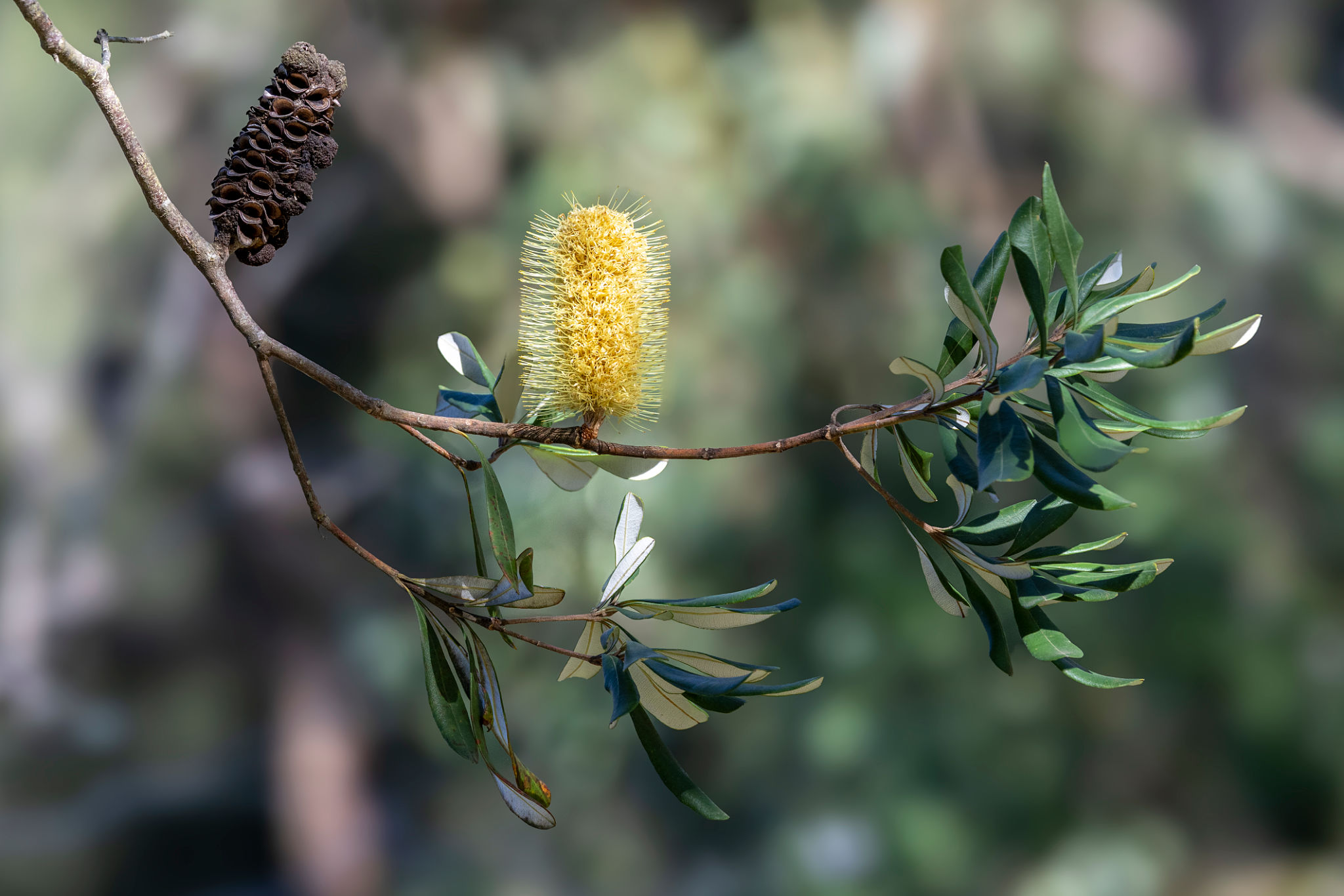DIY Tips for Eco-Friendly Garden Design
Choose Native Plants for Your Garden
When planning an eco-friendly garden, selecting native plants is a great place to start. Native plants are adapted to local climate conditions, which means they require less water, fertilizer, and pesticide. They also provide a natural habitat for local wildlife like bees, butterflies, and birds. To identify native species, consult local gardening resources or visit nearby botanical gardens.

Implement a Water Conservation Strategy
Water is a precious resource, and conserving it should be a priority in your garden design. Consider installing a rain barrel to collect runoff from your roof. This stored rainwater can be used to water your garden during dry spells. Additionally, opt for drip irrigation systems that efficiently deliver water directly to the roots of your plants, reducing evaporation and water waste.
Create a Composting System
Composting is an excellent way to recycle organic waste and enrich your garden soil. By composting kitchen scraps and yard waste, you reduce landfill contributions and produce nutrient-rich compost for your plants. Set up a compost bin in a convenient location and educate yourself on the balance of green and brown materials needed for effective decomposition.

Design with Permeable Pathways
Avoid using impermeable materials like concrete for garden paths. Instead, choose gravel, wood chips, or permeable pavers. These materials allow rainwater to seep into the ground, reducing runoff and helping to maintain natural water cycles. Permeable pathways can also add aesthetic value to your garden while supporting eco-friendly practices.
Incorporate Pollinator-Friendly Features
Pollinators are essential for the health of any garden. Create a welcoming environment by planting a variety of flowering plants that bloom at different times of the year. Incorporate features like bee hotels or butterfly houses to provide shelter. Ensuring your garden is pesticide-free will also protect these vital creatures.

Utilize Recycled and Upcycled Materials
Incorporating recycled or upcycled materials into your garden design can reduce waste and add unique character. Consider using reclaimed wood for raised beds, vintage containers for planters, or repurposed metal as garden art. This approach not only benefits the environment but also allows for creative expression in your garden space.
Plan for Biodiversity
Diversity in plant selection promotes a balanced ecosystem. Include a mix of trees, shrubs, perennials, and annuals to attract a wide range of wildlife and create a resilient garden. A diverse plant palette also enhances the visual appeal of your space throughout the seasons.

Practice Sustainable Gardening Techniques
Sustainable gardening involves practices that conserve resources and promote soil health. Techniques like crop rotation, mulching, and natural pest control methods are essential components. Mulching retains moisture, suppresses weeds, and adds organic matter to the soil. Consider using natural predators like ladybugs to manage pests without chemical intervention.
Conclusion
Designing an eco-friendly garden is not only beneficial for the environment but also creates a beautiful and sustainable outdoor space. By implementing these DIY tips, you can cultivate a garden that supports biodiversity, conserves resources, and brings you closer to nature.